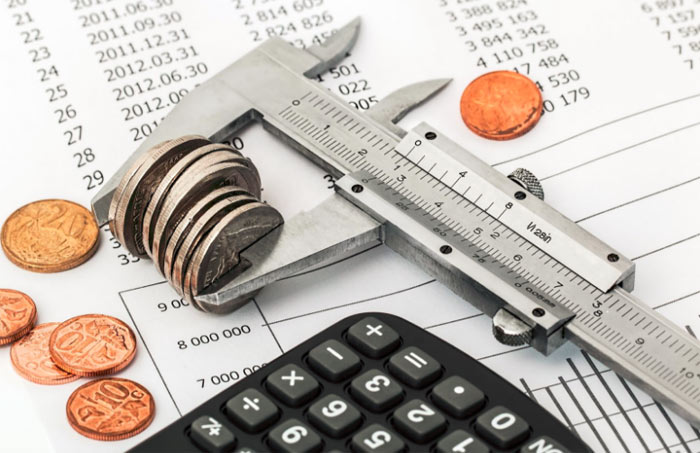Even if you are conservative with your spending, keep emergency savings and budget appropriately, you can still run into a financial crisis. Life tends to throw us the trickiest curveballs when we least expect it, such as medical emergency, a loss of a job, a major car accident, or other expense beyond our control. Such unforeseeable events can rapidly snowball into stress, anxiety, and a feeling of helplessness—but if you take control of the situation immediately, you can help get your life back on the right track. These five steps can help you do that with as little difficulty as possible:

1. Borrow Smart
Borrowing money in an emergency can leave you fighting your way out of debt for years. Taking out a fast loan of smaller amounts at low interest can help you stay afloat while you get back on your feet. Additionally, you want to go with a lender who is transparent with the total that you’ll owe by the end of the term so that you can make a decision that works with your budget.
2. Hash Out a Plan
After you’ve considered loan options, you’ll need to start thinking about tightening your belt with respect to your regular expenses. If you haven’t made a budget, now is the time to sit down and determine what you can and cannot afford. Keep yourself honest, talk to your family, and try to keep your emotions under control. Once you’ve started to discuss how to brave the storm, everyone will feel better about making through tough times.
3. Prioritize Your Bills
When a crisis emerges, your $200 cable bill might be an expense that you can do without. If you aren’t on a contract, cutting it can make a significant difference. Nobody wants to stare at the walls, twiddling their thumbs all evening, but with cheaper options such as Netflix available, you will survive until things are back on an even keel. Perhaps you can probably find a more competitive cell phone plan or electricity and gas provider to save you additional bucks every month. Think about what is truly essential and should be a priority in your budget—then think about all the extras and how to lessen their impact on your wallet.
4. Get Help
You aren’t alone in this. There are countless government programs and others run by not-for-profits that assist low-income families or individuals going through hard times. From unemployment and medical benefits to vocational training and financial counseling services, there is plenty of assistance out there to help you get back on your feet. Some of your services providers may also have allowances for those in need. Reach out to your utility companies, credit card companies or others to work out payment plans, receive aid, or relieve debts to help you with your situation.
5. Prepare for Future Crisis
Once you’ve made it through your crisis, it’s time to ensure that you protect yourself for the future. Make sure that you’ve set up an emergency savings fund of at least one month’s income to keep you afloat. Also, make sure that your current debts are as low as possible so that if you find yourself in a short-term pinch in the future, you won’t spiral into crisis. Finally, look into getting a credit card with the lowest possible APR to use only in a dire emergency.
Following these five tips is a great way to get your finances back on track. With a positive approach and a bit of hard work, you will be back on the road to a more stable and less stressful life.











